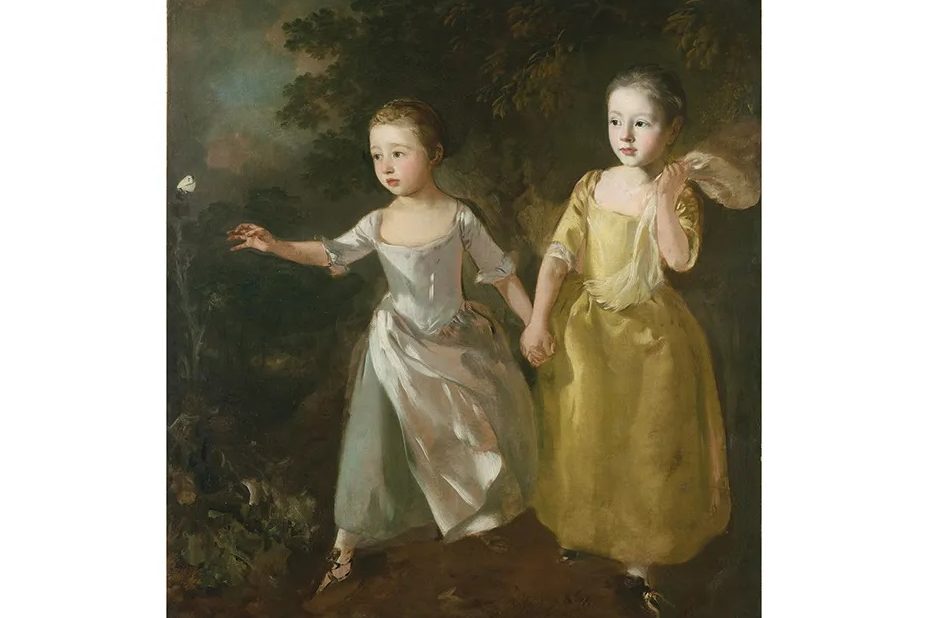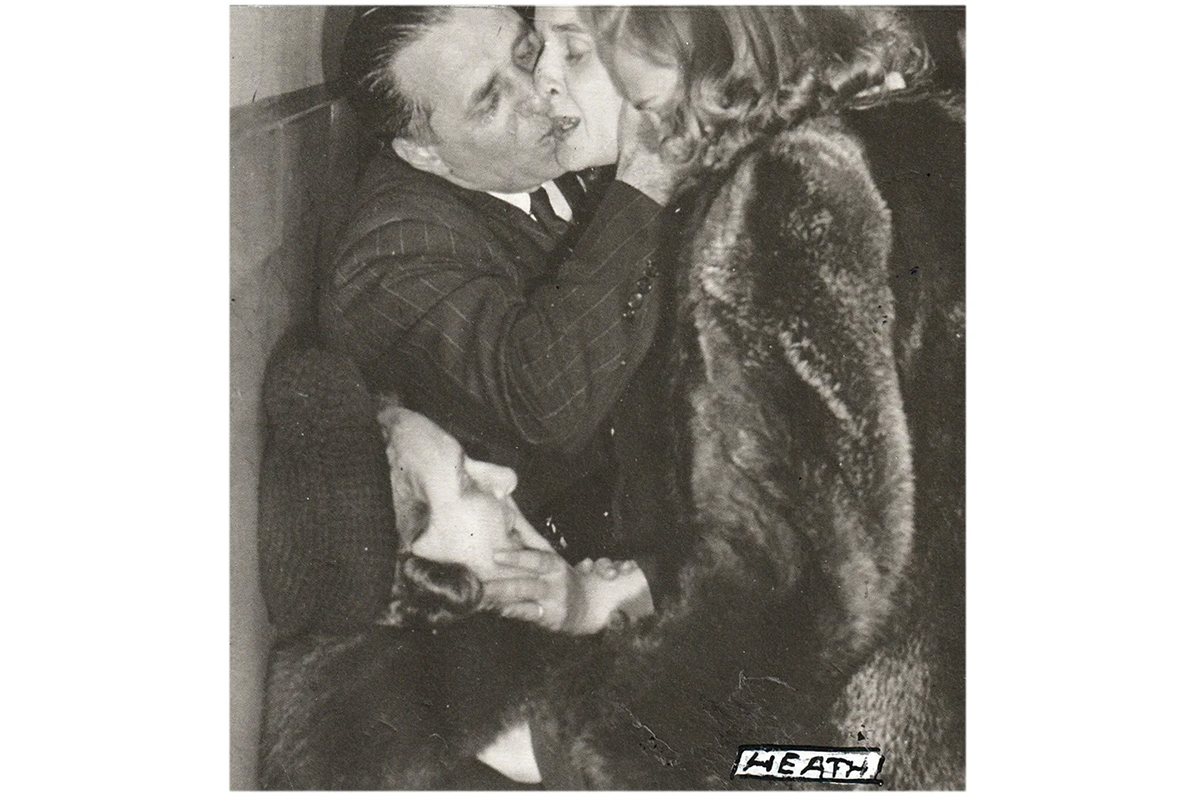The painter in the title of Emily Howes’s first novel is Thomas Gainsborough, famous, of course, as a great portraitist — “the curs’d face business,” as he once called it — and landscape artist. His daughters by his wife Margaret were Molly and Peggy, immortalized in half a dozen double canvases by their father. These family pictures allow us to intrude upon the sisters’ special intimacy as we follow their development from carefree girls playing in their native Suffolk to their emergence as fashionable young women in Bath and London society.
Ultimately, it’s the secret of Molly’s mental instability that keeps the two sisters inseparable
One of these paintings of the girls, edged about with the anxiety of a father, fearful for their safety, shows them aged six and five against a Suffolk landscape. Molly, cast as protector, is restraining her younger sister from chasing a butterfly that is about to land on a thistle. Much later their roles were reversed. Molly, following a brief and unhappy marriage, subsided into madness, leaving Peggy to care devotedly for her sister as they lived out the rest of their lives as genteel ladies of limited means.
The relationship between the two women offers an ingenious premise for a novel and it’s one that Howes seizes and exploits for all it’s worth. In her fictional retelling, Molly’s mental instability is evident — to Peggy at least — before they reach their teens. Ultimately it’s this secret that keeps the two sisters inseparable. Peggy, known in the family as “the Captain” because of her bossy ways, struggles to hide Molly’s condition from her scolding, socially ambitious mother and loving but distant father, for fear that her elder sister will be sent to an asylum. Towards the end, Peggy feels betrayed when she and Molly fall for the same man, the celebrated German oboist Johann Christian Fischer, and she recognizes the personal sacrifices she is making in her attempts to control her sister’s fate.
Told from Peggy’s point of view, the vibrant narrative leaves little to the reader’s imagination as Howes delves beneath the surface of Gainsborough’s portraits to discover stories and incidents that are infinitely less poised and lacking in restraint than their painted representations. Given Gainsborough’s reputation for being dissolute, did he have an affair with one of his sitters, the musician Ann Ford? Howes believes he did, and plausibly portrays him as being in love with more than just Ford’s viol da gamba.
Less successful is a secondary strand probing the paternity of Gainsborough’s wife. Howes’s Margaret talks about “the secret of my lineage.” It’s commonly accepted that Margaret Gainsborough was the illegitimate daughter of the Duke of Beaufort. But Howes, in chapters that obtrude upon the main narrative, airs the theory that Margaret was in fact the child of Frederick, Prince of Wales, the father of George III. It’s unlikely that there’s any truth to this, but in any case the story bulks too large and mars what is otherwise a most beguiling debut.
This article was originally published in The Spectator’s UK magazine. Subscribe to the World edition here.


























Leave a Reply